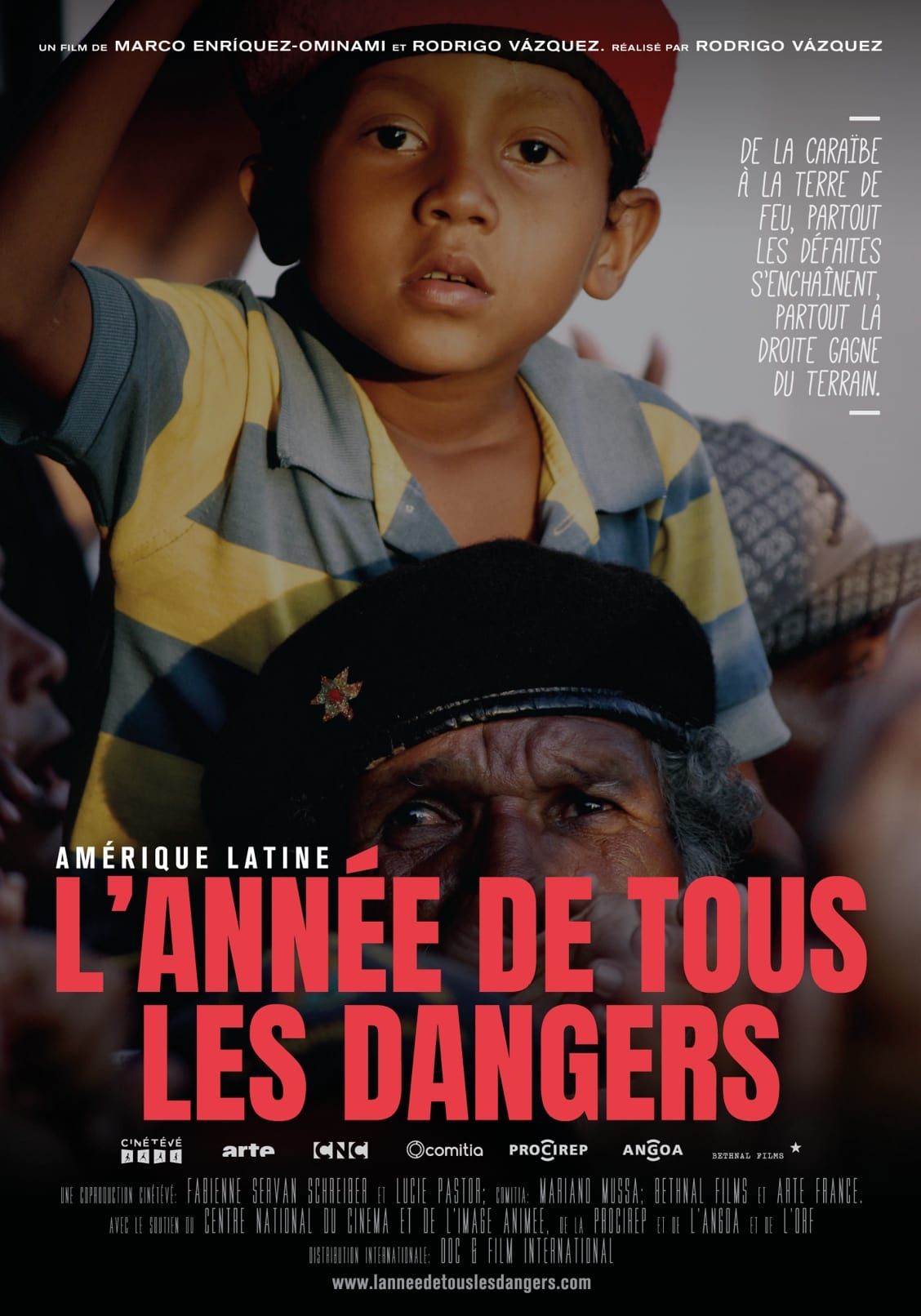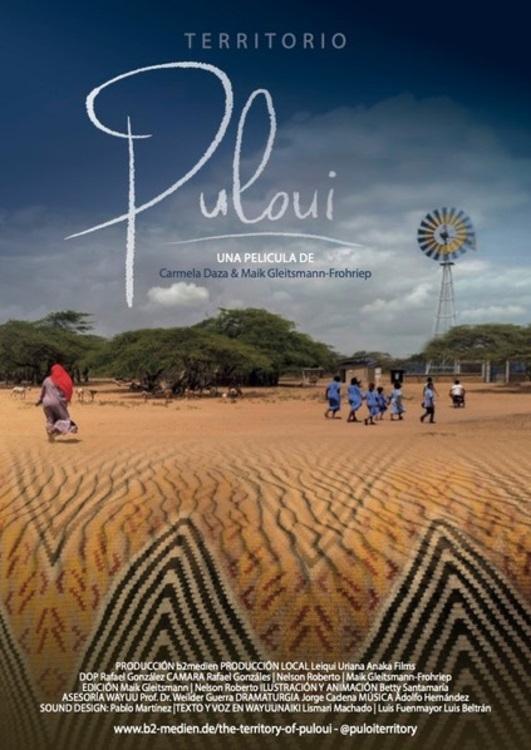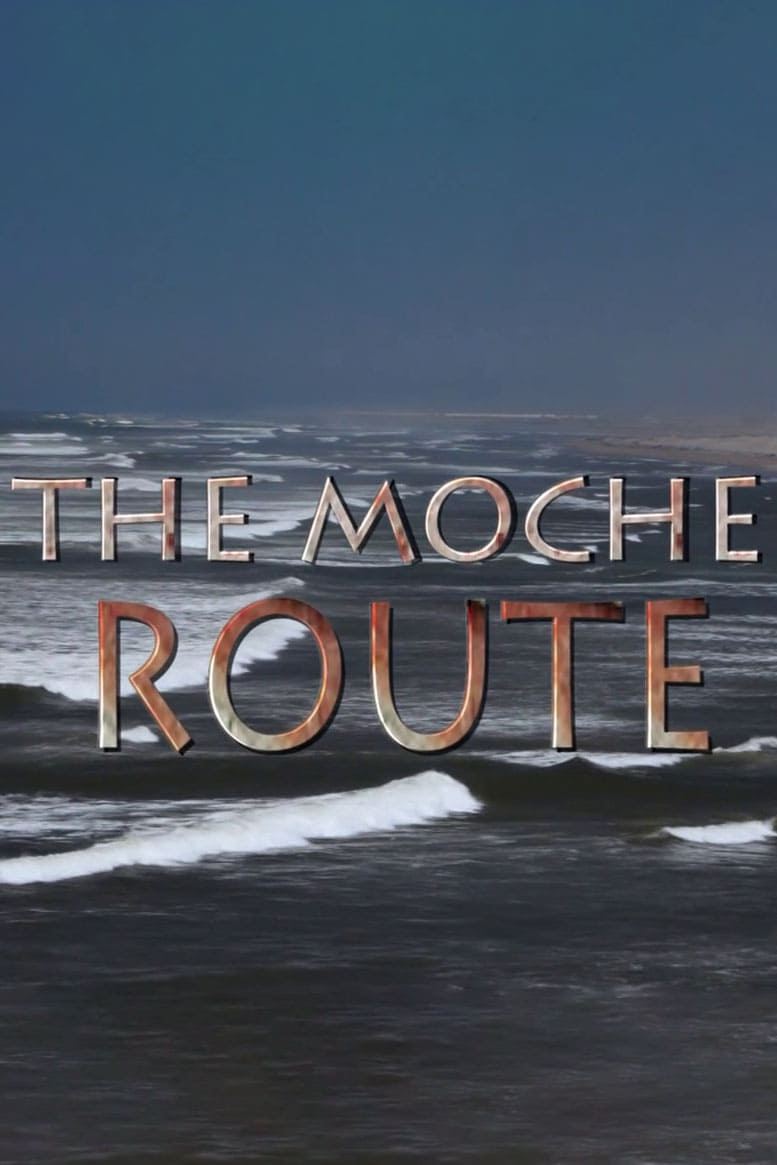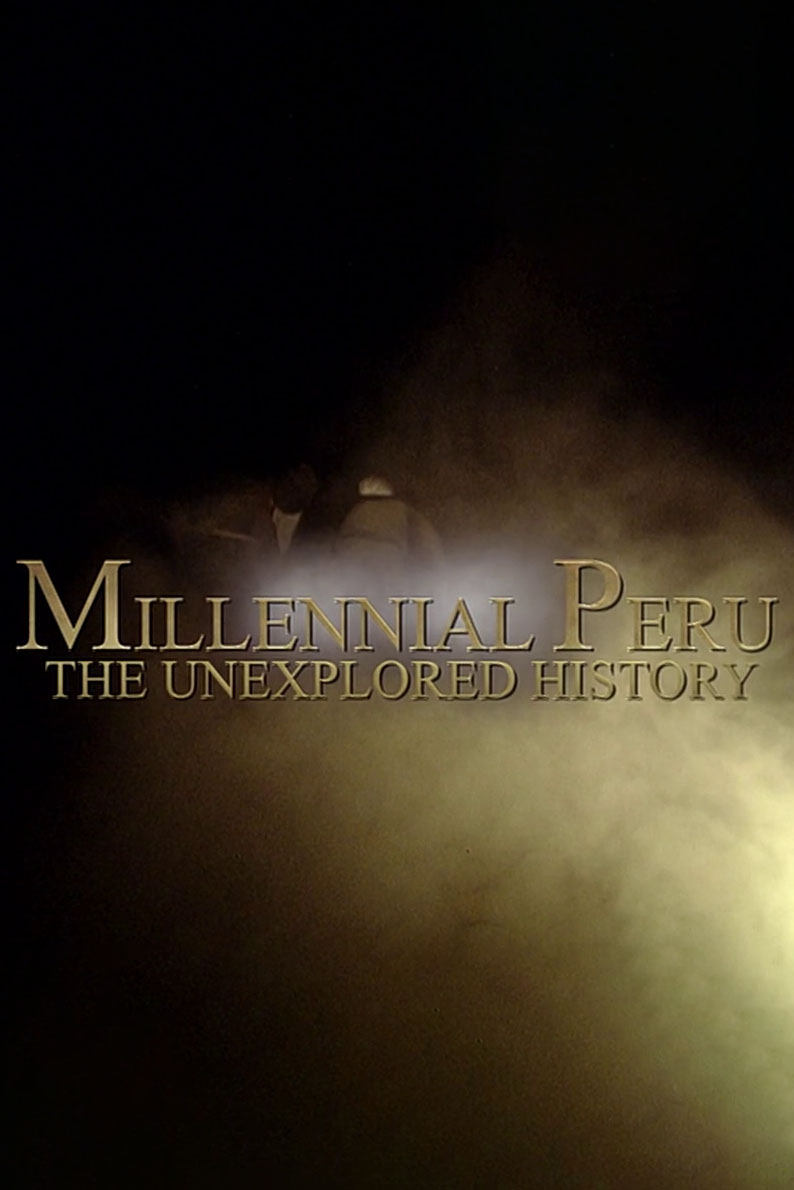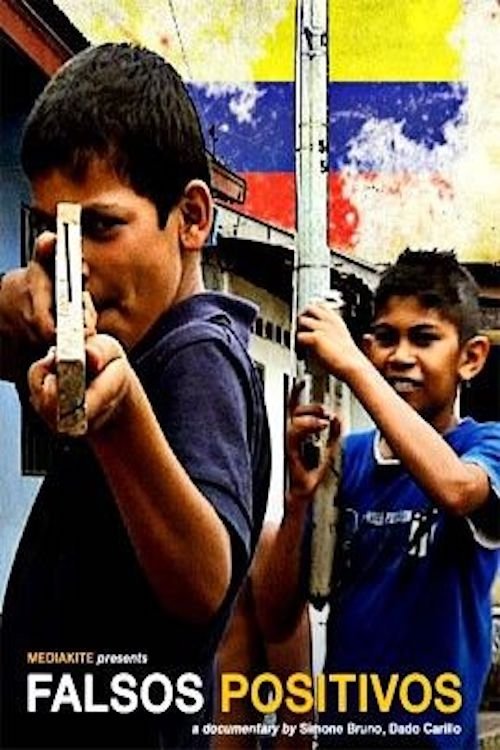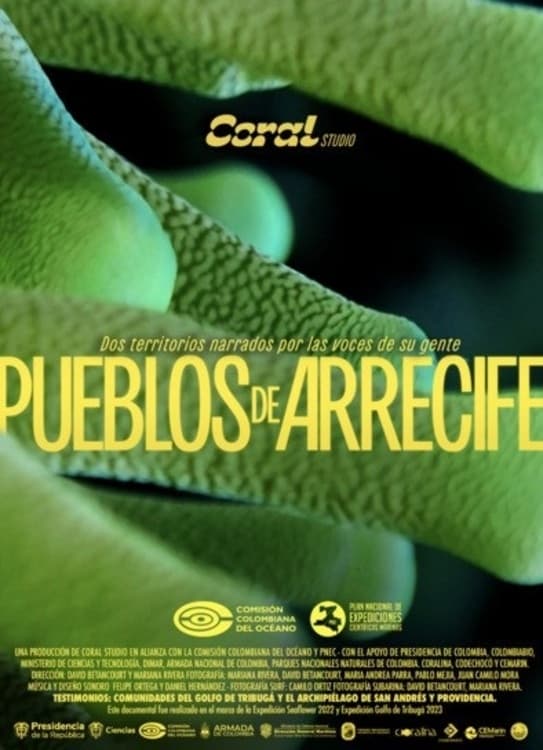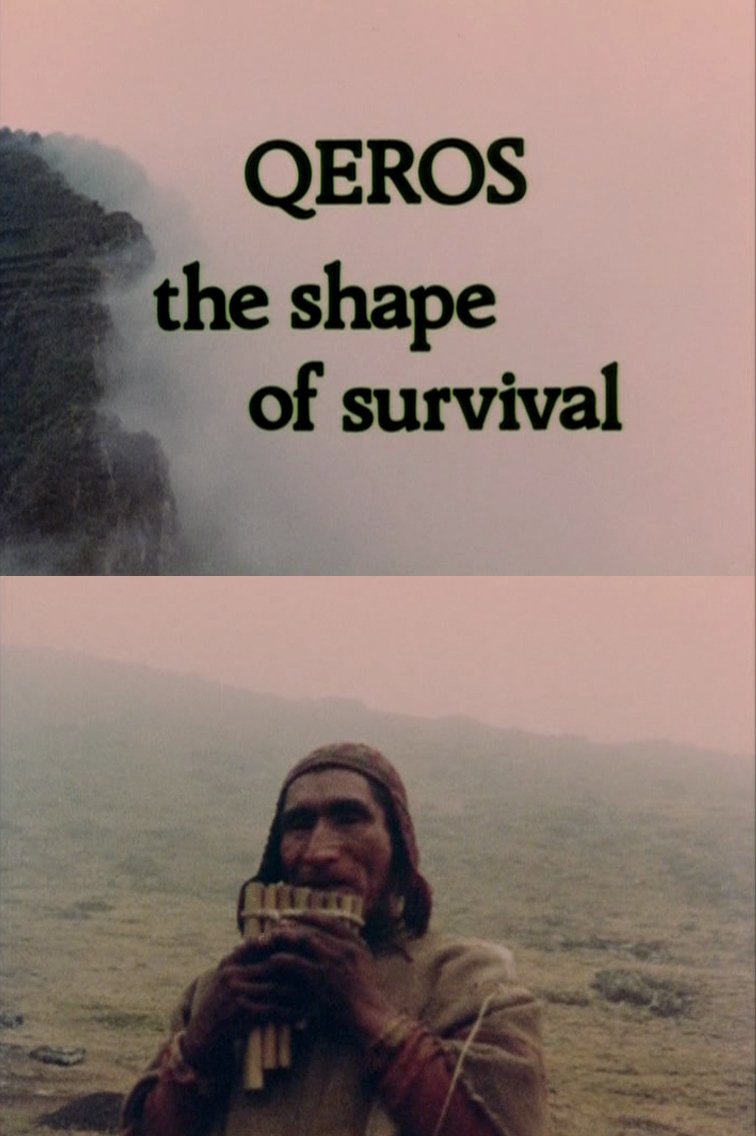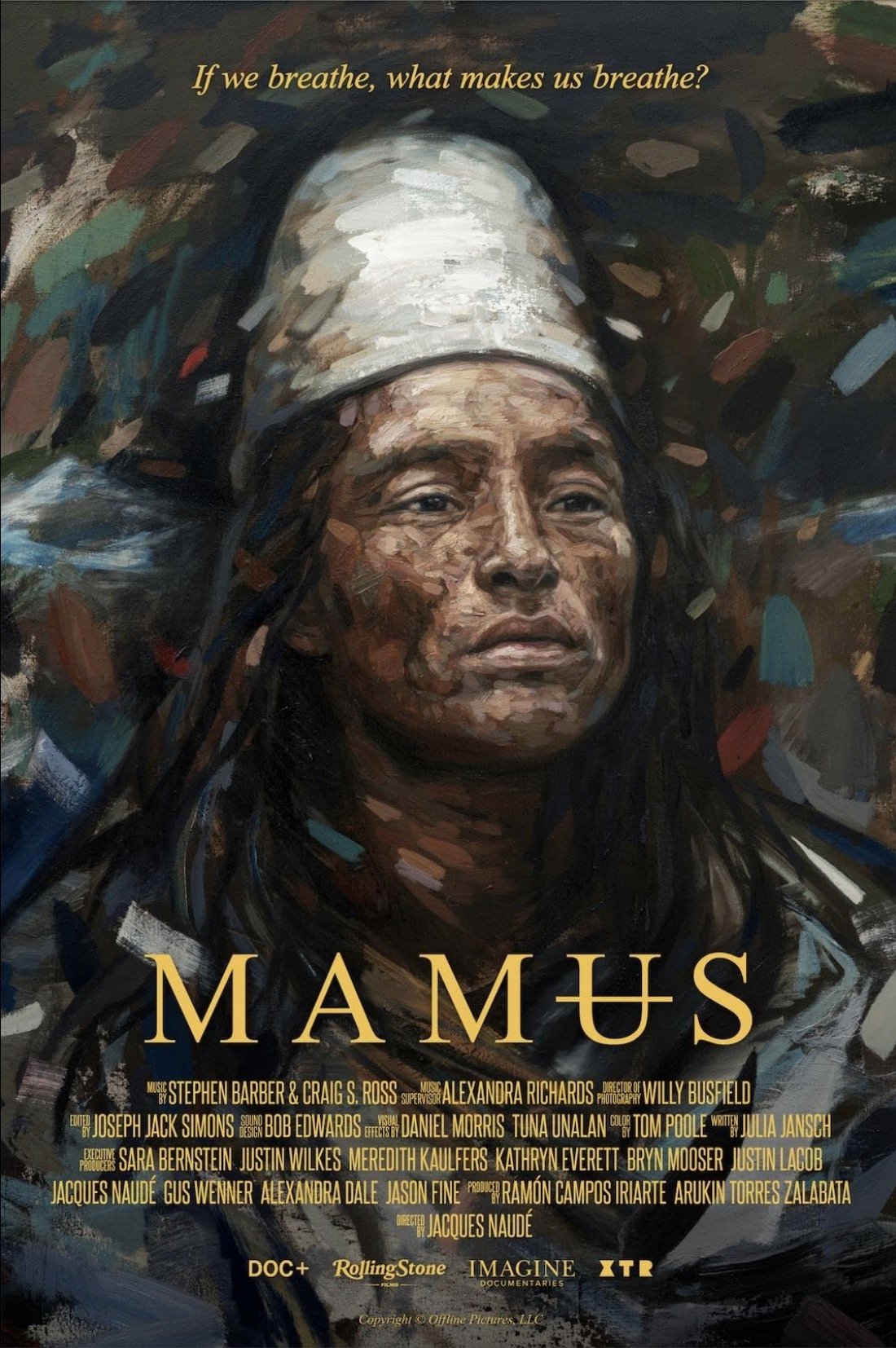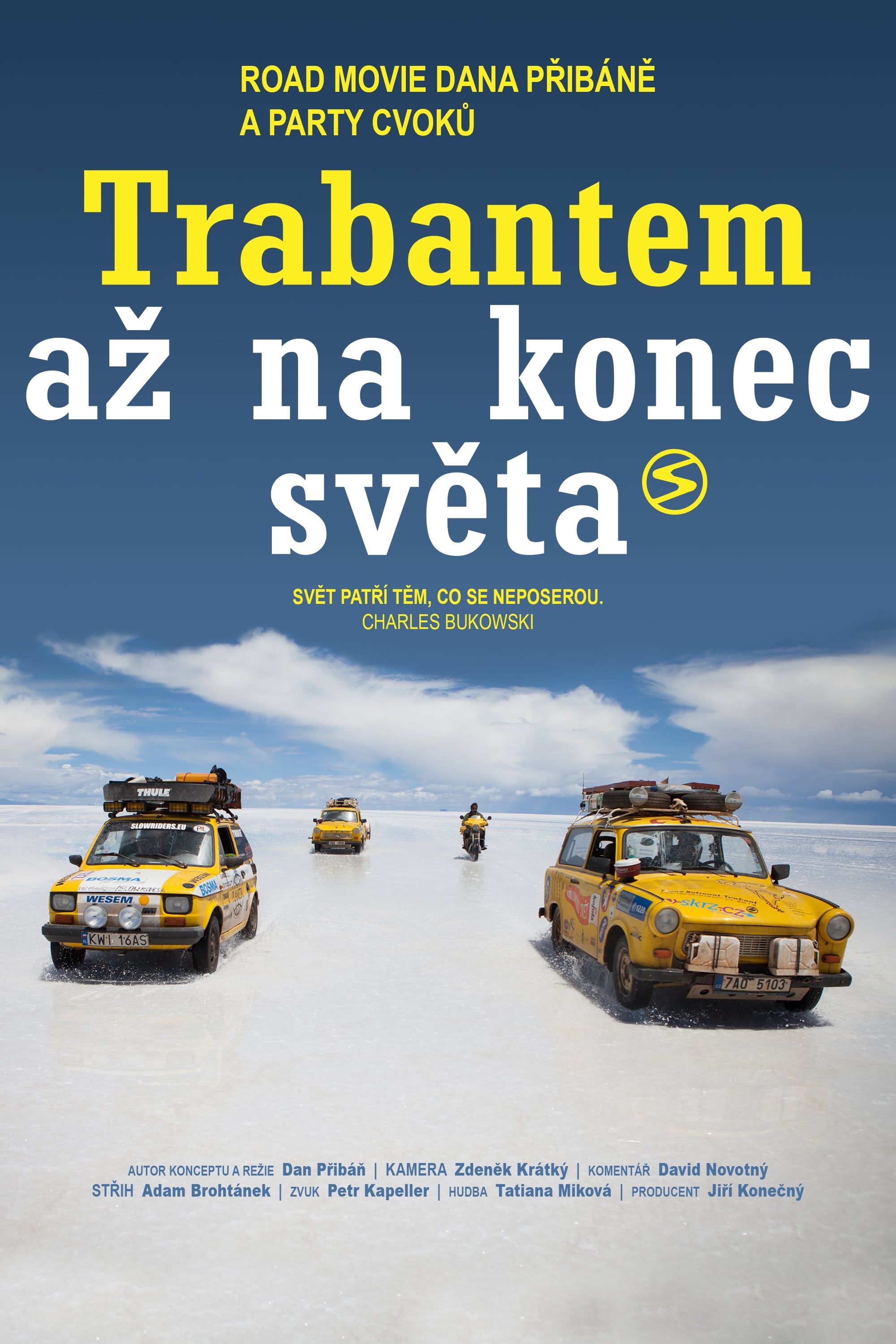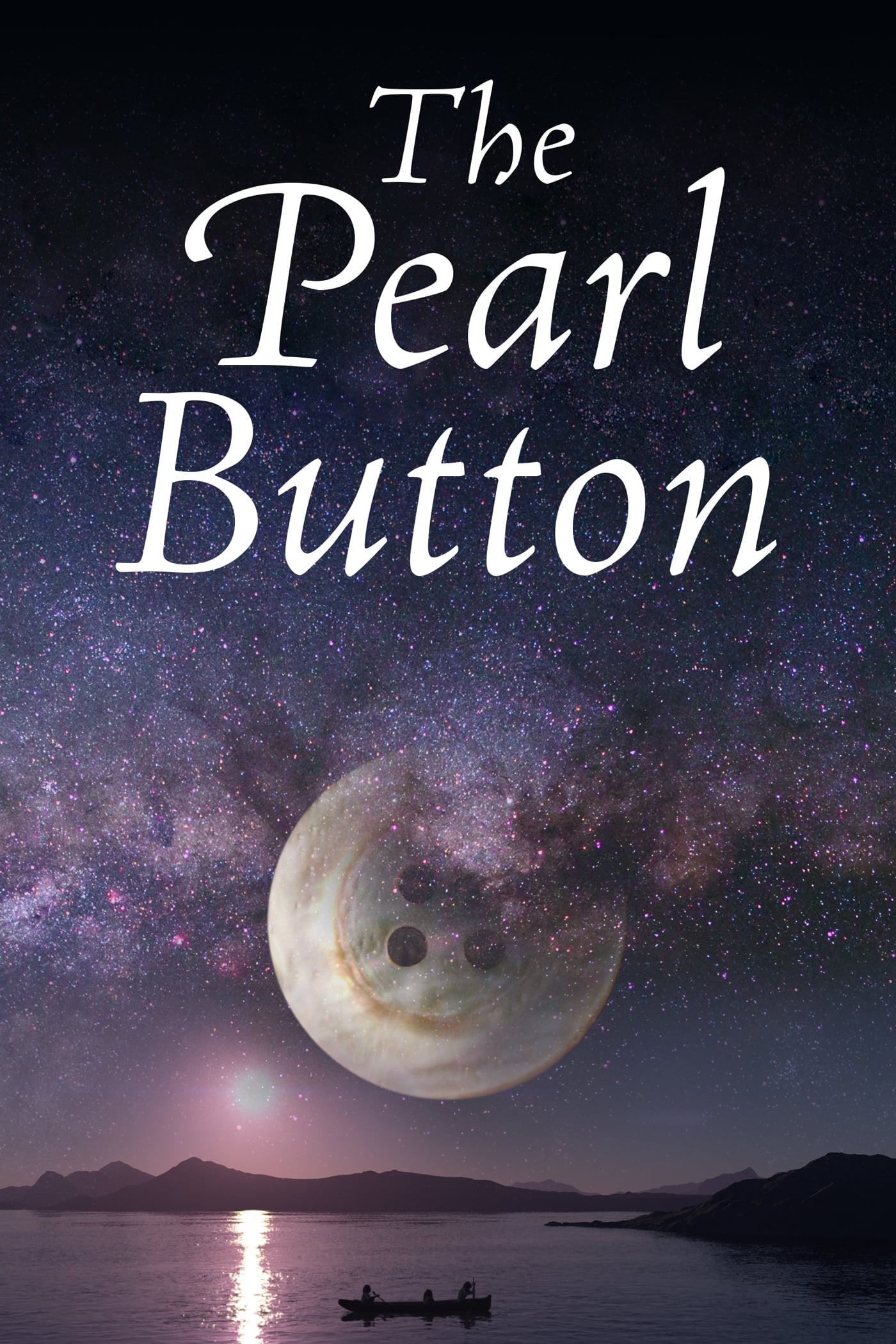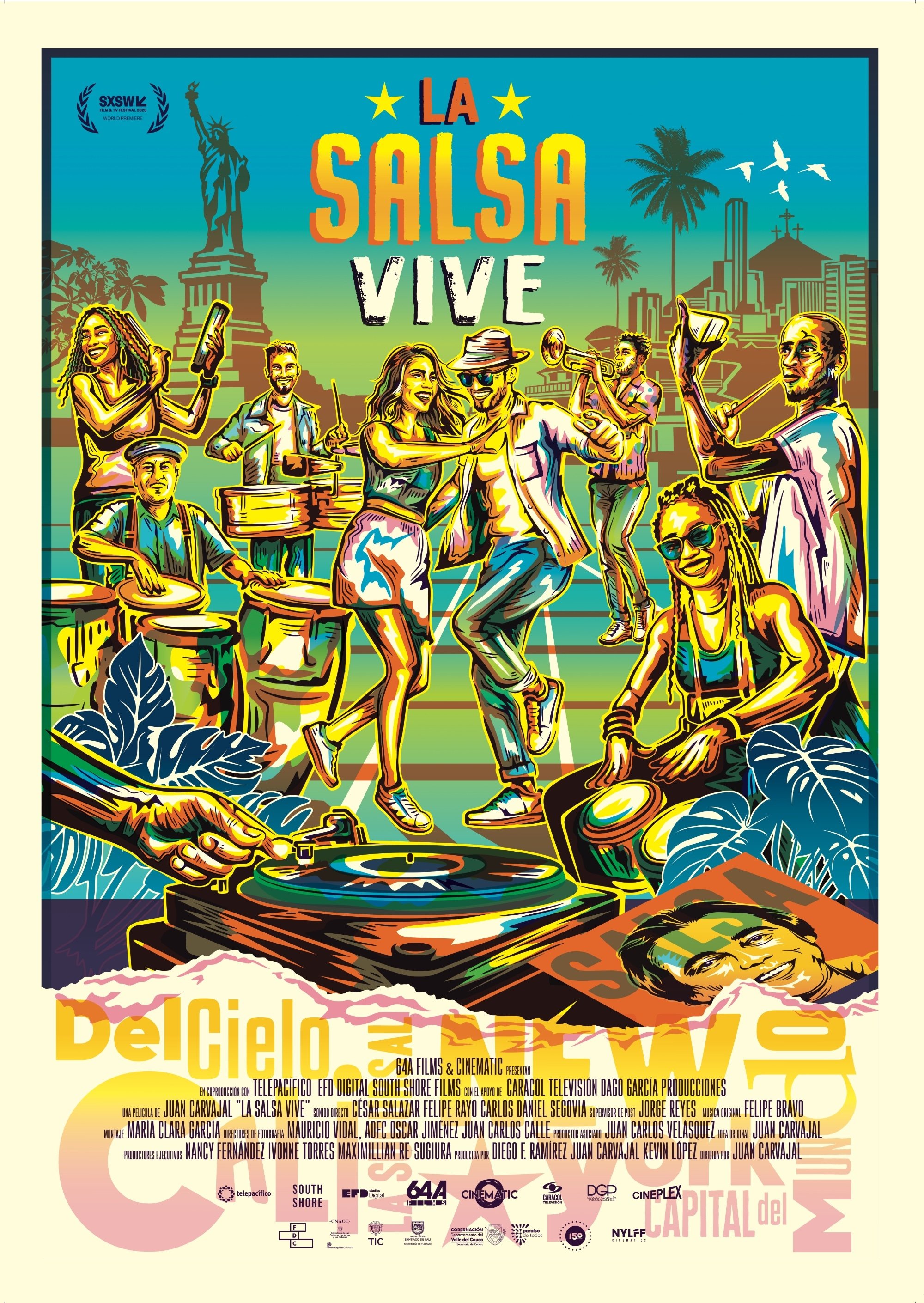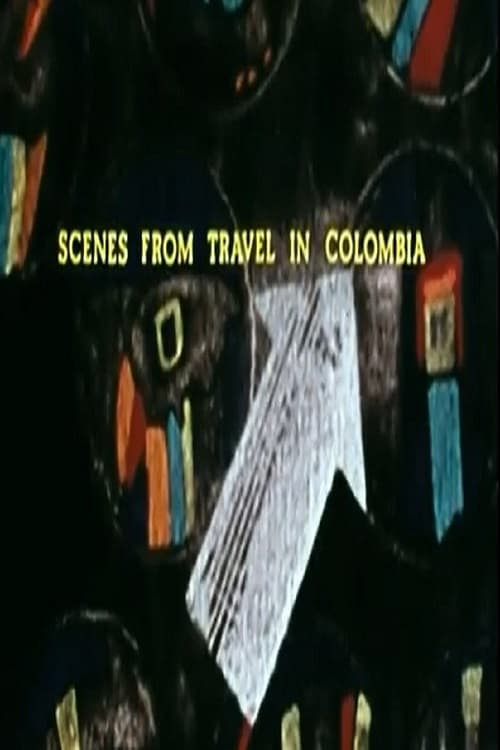
Scenes from Travel in Colombia (1978)
Overview
A sampler of the lives, places, and events which make up present-day Colombia, South America. Provides insights into the look and feel of Colombia, as well as Latin America as a whole.
Production Companies
Additional Info
| Budget | $0.00 |
|---|---|
| Revenue | $0.00 |
| Original Language | en |
| Popularity | 0.0454 |
Directed By
Daniel G. Smith
TOP CAST
Daniel G. Smith
Narrator
Similar Movies
Life in the Andes
The Andes Mountains travel the western side of South America. Unlike many other mountain ranges of their altitude, the Andes do support human life on their high altitude slopes. Modern life is slowly making its way to the high altitude Andes, but the natives for the most part continue with the traditional ways of their ancestors, growing limited crops such as beans and potatoes - where the crop originated - raising sheep and pigs, and living in crude huts. The llama is the most useful of their work animals. The most conspicuous aspect of the native dress is their derby hats, the origins which are unknown. Further down the slopes, agriculture and ranching is more productive and is carried out by descendants of the Spanish settlers. There is a famous lake district in the Chilean part of the Andes, where resort hotels are located.
River of Gold
Narrated by Academy Award winners Sissy Spacek and Herbie Hancock, River of Gold is the disturbing account of a clandestine journey into Peru's Amazon rainforest to uncover the savage unraveling of pristine jungle. What will be the fate of this critical region of priceless biodiversity as these extraordinarily beautiful forests are turned into a hellish wasteland?
The Territory of Puloui
“Territorio Puloui” is a documentary that explores the relationship between the indigenous Wayuu community and water. It tells the journey of Carmela, who visits the La Guajira peninsula for the first time, her father's home region and ancestral territory of the Wayuu people. Carmela listens to the voices of indigenous leaders and sheds light on the environmental impact of coal mining in the region. At the same time, she discovers the strategies used by the women of the community to survive the lack of water. The documentary immerses us in the Wayuu cosmogony through their myths, legends and beliefs, depicted in a series of animations that explore their dream universe.
Esmeraldero
The true story of the rise of a Japanese businessman from Los Angeles named Eishy Hayata from an Airline engineer into the legend of the Emerald world -- the Emerald Cowboy
The Moche Route
Starting from the colonial city of Trujillo, this documentary reveals natural and archeological features along the north coast of Peru, where the Moche culture thrived from the 1st Century BC to the 6th Century AD.
Millennial Peru: The Unexplored History
In the Formative Period 4,000 years before the Incas and the arrival of the Conquistadors, Peru’s earliest civilizations - the Chavín, Caral, Ventarrón, Sechin, Cupisnique, and Cajamarca cultures - built centers of learning and technological achievements, including the largest work of hydrological engineering in the ancient Americas: the Cumbemayo canals.
No curtains
The documentary Sin Telón celebrates the national artistic values of Teatro La Candelaria, recognized both nationally and internationally as one of the leading Latin American experimental theater groups. The film highlights the extensive career of Santiago García while also portraying the everyday life and unique working methods of this dedicated ensemble of artists from Teatro La Candelaria.
Falsos Positivos
The "Falsos Positivos" scandal that exploded on October 2008 revealed how and why ranks of the Colombian Army started to kill innocent people. Lured by money prizes given by the President Uribe's policy called "Seguridad Democratica", the Colombian Army dressed the bodies in military fatigues to claim the rewards for the fight against the FARC guerrilla. "Falsos Positivos" follows the trip of two families to retrieve the rests of their beloved, along with shocking interviews to activists, a former General, political analysts and witnesses of this huge scandal.
Piripkura
The last two surviving members of the Piripkura people, a nomadic tribe in the Mato Grosso region of Brazil, struggle to maintain their indigenous way of life amidst the region's massive deforestation. Living deep in the rainforest, Pakyî and Tamandua live off the land relying on a machete, an ax, and a torch lit in 1998.
Q'eros: The Shape of Survival
Exploration of the way of life of the Q’eros Indians of Peru, who have lived in the Andes for more than 3,000 years.
Mamus
A stunning and intimate portrait of the Arhuaco indigenous community in Colombia. In 1990, in a celebrated BBC documentary, the Arhuaco made contact with the outside world to warn industrialized societies of the potentially catastrophic future facing the planet if we don’t change our ways. Now, three decades later, with the advances of audio/visual technology, we go back to the Snowy Peaks of Sierra Nevada de Santa Maria to illuminate their ethos against the backdrop of an increasingly fragile world.
The Pearl Button
The ocean contains the history of all humanity. The sea holds all the voices of the earth and those that come from outer space. Water receives impetus from the stars and transmits it to living creatures. Water, the longest border in Chile, also holds the secret of two mysterious buttons which were found on its ocean floor. Chile, with its 2,670 miles of coastline and the largest archipelago in the world, presents a supernatural landscape. In it are volcanoes, mountains and glaciers. In it are the voices of the Patagonian Indigenous people, the first English sailors and also those of its political prisoners. Some say that water has memory. This film shows that it also has a voice.
Abortion: Stories from North and South
Women have always sought ways to terminate unwanted pregnancies, despite powerful patriarchal structures and systems working against them. This film provides a historical overview of how church, state and the medical establishment have determined policies concerning abortion. From this cross-cultural survey--filmed in Ireland, Japan, Thailand, Peru, Colombia, and Canada--emerges one reality: only a small percentage of the world's women has access to safe, legal operations.
Salsa Lives
La Salsa Vive is a vibrant cinematic exploration of Afro-Cuban music's history, tracing its roots from New York's lively streets to Cali, Colombia, now the global salsa capital.
